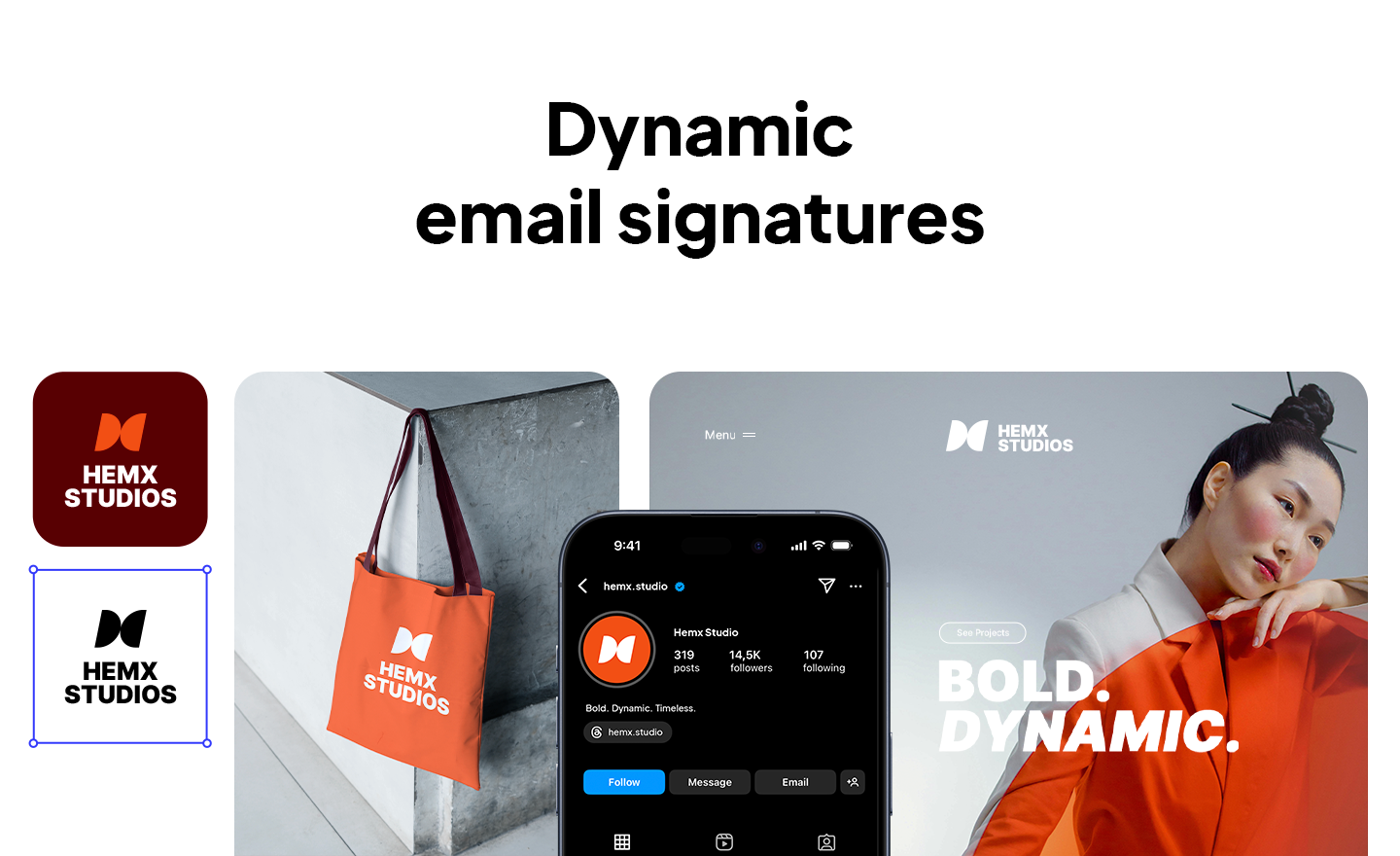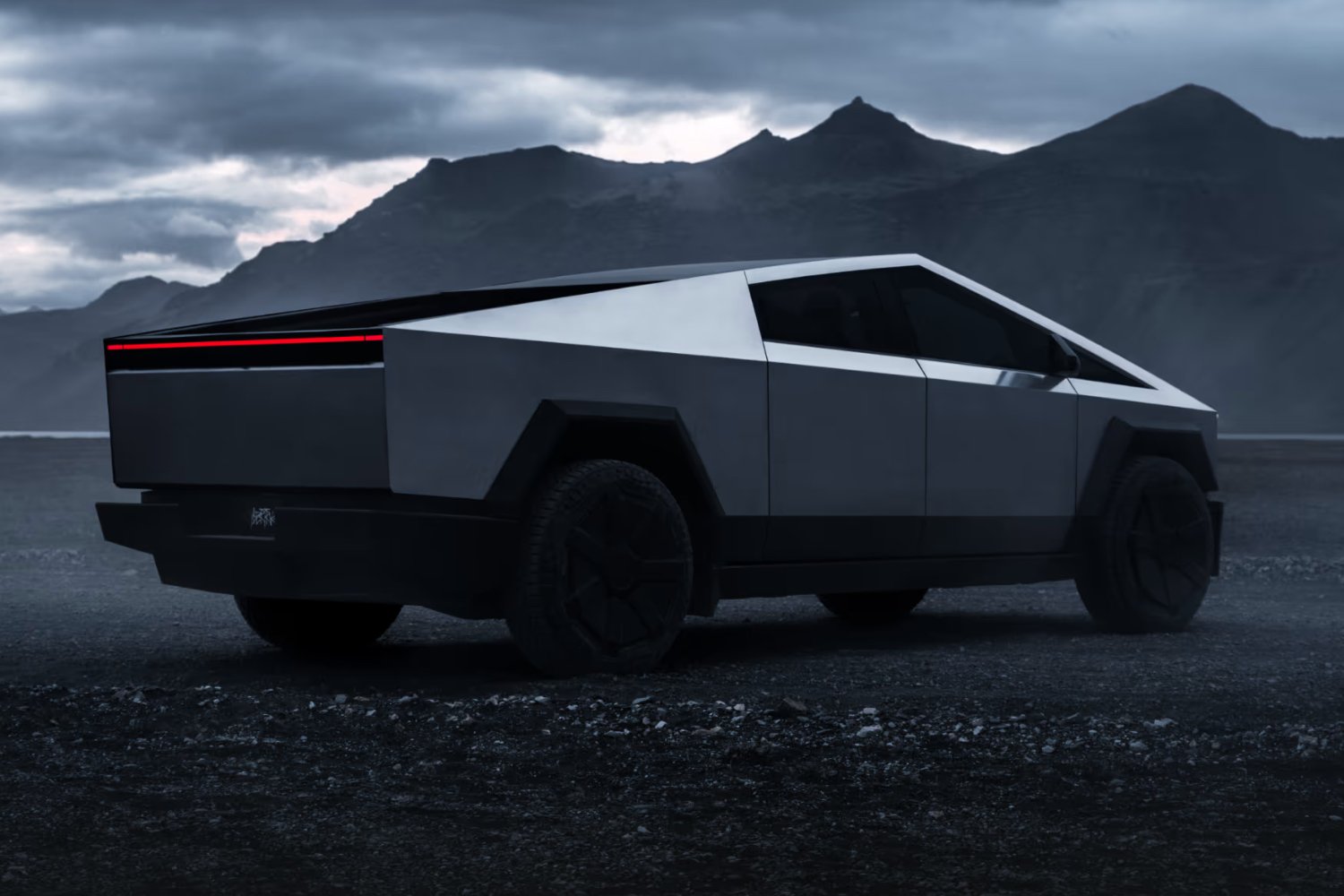Apple’s WWDC is underway and one of Cupertino’s first big announcements is Liquid Glass, which is what Apple is calling its new design language. Yes, it’s the one that has been rumored for months and is now official.
Apple describes Liquid Glass as a material that sits above the user interface (UI) on your phone. The material moves based on how you interact with it. For example, if you grab a Liquid Glass window and pull, it’ll jiggle and move with your finger. Liquid Glass UI elements also refract light like real glass and is heavily influenced by whatever is underneath it on the screen.
Apple’s new Liquid Glass changes its user interface.
Credit: Apple
Liquid Glass is not a massive departure from what was already there, but that’s not the big news. This new design language will be what Apple uses moving forward on all of its major operating systems, including macOS, iOS, iPadOS, and more. It was inspired by visionOS, and it’ll be what you see on everything made by Apple starting later this year.
Mashable Light Speed
On top of looking pretty, Apple says that it’s also functional. Liquid Glass UI elements will be able to expand and contract with nice-looking animations to adapt to what the app needs it to do. It also works with light and dark modes along with Apple’s new clear mode, which makes all of your icons look like glass.

Apple’s Liquid Glass is coming to all its major operating systems.
Credit: Apple
With Liquid Glass, Apple aims to make all of its operating systems look more lively. During the WWDC presentation, Apple showed off how responsive the new UI would be to everything from user touch to the background on the screen.
As part of the redesign, Apple tweaked some other things as well: the lock screen, Notifications, and Control Center. UI elements are also edited to align with the screen’s curve to make things look more symmetrical. App icons also got a redesign with “multiple layers of Liquid Glass,” per Apple.
Liquid Glass is the first major overhaul to iOS’s visual design language since its skeuomorphic design was introduced with iOS 7 in 2013.

Liquid Glass: Get jiggly with it.
Credit: Apple










